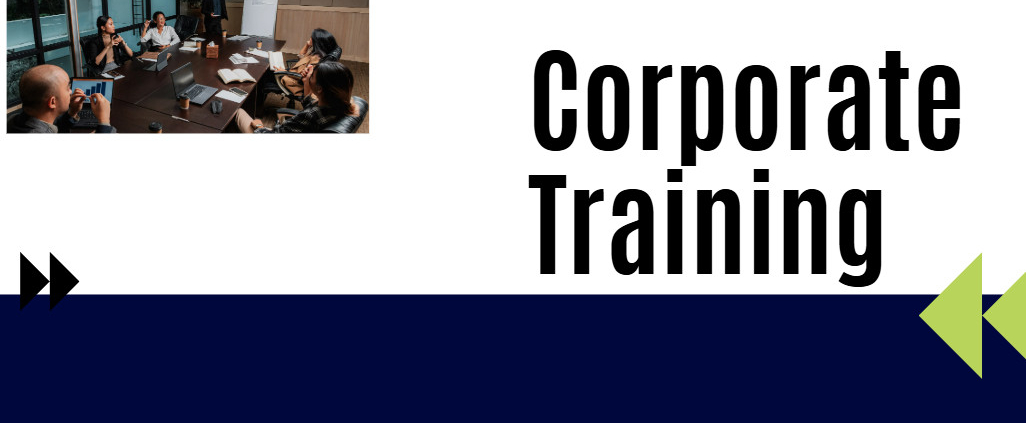A How-To Guide: Creating Engaging Corporate Training
In today’s fast-paced business environment, effective Corporate Training is essential for keeping employees motivated, skilled, and aligned with organizational goals. A well-structured program goes beyond lectures and PowerPoint slides — it inspires active participation and ensures long-term knowledge retention. Whether you’re developing a Corporate Course for new hires, leadership teams, or specialized technical roles, the key is to make it engaging, relevant, and measurable.
Identify Clear Objectives
Every successful training program begins with clear objectives. Define exactly what participants should know or be able to do after completing the course. For example, if the focus is on software development, the goal might be to enable employees to create functional prototypes by the end of the session. Specific goals help in designing activities and assessments that directly support desired outcomes.
Tailor Content to Your Audience
Understanding the participants’ skill levels, roles, and interests is crucial. Corporate Training for entry-level employees will differ significantly from a program for senior managers. Use surveys or interviews to gather input beforehand. This ensures the training addresses real challenges faced by the team and avoids generic or irrelevant material.
Make it Interactive
Passive learning can lead to low engagement and poor retention. Incorporate case studies, group discussions, role-playing scenarios, and problem-solving exercises. Digital tools like quizzes, polls, and simulation software can make the learning process more dynamic and memorable.
Read more : Tips for Successful Corporate Training Sessions
Blend Learning Methods
A combination of instructor-led sessions, self-paced modules, and hands-on projects often works best. For instance, in summer training programs, participants can first learn theory online and then attend in-person workshops for practical application. This blended approach caters to different learning styles and schedules.
Use Real-World Examples
Connecting training content to real workplace situations enhances its relevance. Share case studies from your industry, or analyze recent company projects to illustrate concepts. This not only deepens understanding but also demonstrates immediate value to participants.
Measure and Improve
Evaluation is an integral part of Corporate Training. Use feedback forms, performance assessments, and follow-up sessions to measure effectiveness. Continuous improvement ensures that each iteration of the program becomes more impactful.
Learn from Trusted Resources
Institutions such as CETPA Infotech have been involved in offering technical training and industry-oriented learning programs. While each organization’s needs are unique, studying the methodologies and curriculum designs of established institutes can provide valuable insights for developing your own high-quality training.
By following these steps, organizations can create Corporate Training programs that not only develop skills but also foster engagement and long-term performance. With the right strategy, any Corporate Course can become a powerful tool for employee growth and organizational success.











Leave a Reply
Want to join the discussion?Feel free to contribute!